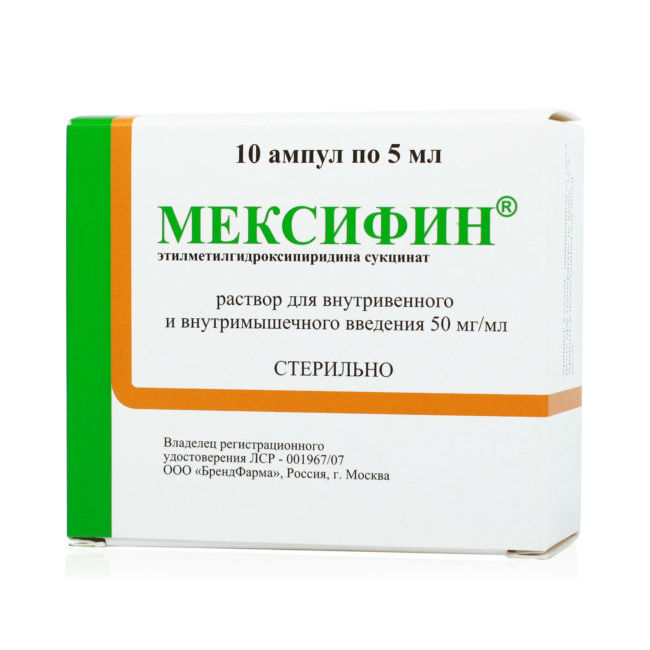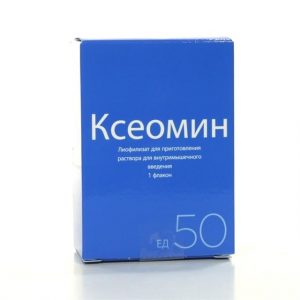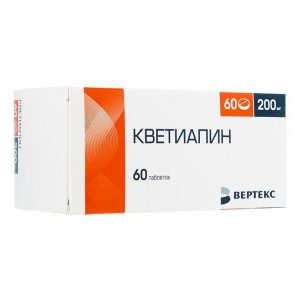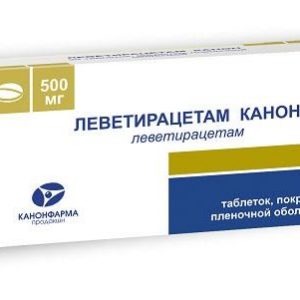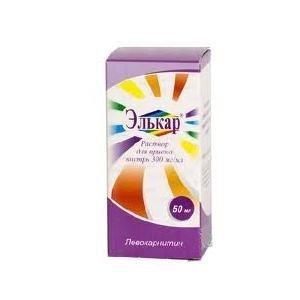Description
Latin name
Mexifin
Release form
Solution for iv and intramuscular administration colorless or slightly yellowish, transparent.
Packaging
5 ml – ampoules (5) – contour plastic packaging (1) – packs of cardboard.
Indications
– acute cerebrovascular accident
– traumatic brain injury, consequences of traumatic brain injury
– discirculatory encephalopathy
– autonomic dystonia srdlkrp syndrome – mild cognitive neurotic disorders myocardium (from the first day) as part of
complex therapy – primary open-angle glaucoma of various stages, as part of
complex therapy, relief of withdrawal symptoms in alcoholism with a predominance of neurosis-like and vegetative-vascular disorders
– acute intoxication with antipsychotic drugs
– acute purulent-inflammatory processes of the abdominal cavity (acute necrotic pancreatitis, peritoneal complex).
Contraindications
Acute impaired liver and kidney function, increased individual sensitivity to the drug.
Children’s age, pregnancy, breastfeeding – due to insufficient knowledge of the effect of the drug in these categories of patients
Use during pregnancy and lactation
Contraindicated in pregnancy, during lactation.
Composition
Active ingredient: ethyl methylhydroxypyridine succinate – 50 mg.
Excipients: water for injection – up to 1 ml
Dosage and administration of
V / m, iv (jet, for 5-7 minutes or drip, at a speed of 60 drops / min).
With the infusion route of administration, dilute in 200 ml of 0.9% sodium chloride solution. The initial dose is 0.05-0. 1 g 1-3 times / day with a gradual increase to obtain a therapeutic effect. The maximum daily dose is 0.8 g.
In acute cerebrovascular accident – iv drip, 0.2-0.3 g 1 time / day for the first 2-4 days, then IM, 0.1 g 3 times / day.
In case of discirculatory encephalopathy (decompensation phase) – iv in a stream or dropwise, 0.1 g 2-3 times / day for 14 days, and then i / m, 0.1 g for 14 days. In the course of prophylaxis of discirculatory encephalopathy – i / m, 0.1 g 2 times / day for 10-14 days.
VVD, neurotic and neurosis-like states – v / m, at 0.05-0.4 g / day for 14 days.
With withdrawal symptoms – i / m, 100-200 mg 2-3 times / day or i / v drip, 1-2 times / day for 5-7 days.
In acute intoxication with antipsychotics – iv 0.05-0.3 g / day for 7-14 days.
For mild cognitive impairment – i / m at 0.1-0.3 g / day for 14-30 days.
With purulent-inflammatory processes in the abdominal cavity (acute necrotic pancreatitis, peritonitis) – on the first day in the preoperative and postoperative period. The dose depends on the form and severity of the disease, the prevalence of the process, the clinical course.
Discontinuation of the drug is carried out gradually after a steady clinical and laboratory improvement.
In acute edematous (interstitial) pancreatitis of mild severity – 0.1-0.2 g 3 times / day in / drip and / m
of moderate severity – 0.2 g 3 times / day
in severe cases – in / in drip, 0.8 g on the first day (divided into 2 injections), then – 0.3 g 2 times / day with a gradual decrease in the daily dose of
, an extremely severe course – iv drip, at 0. 8 g / day until persistent relief of symptoms of pancreatogenic shock
after stabilization – 0.3-0.4 g 2 times / day with a gradual decrease in the daily dose.
In case of myocardial infarction – in / in (in the first 5 days) and in / m (next 9 days) 3 times / day (every 8 hours). The daily dose is 6-9 mg / kg / day, a single dose is 2-3 mg / kg. The maximum daily dose should not exceed 800 mg, a single – 250 mg. I / V is administered infusion over a period of 30-90 minutes in 100-150 ml of 0.9% sodium chloride solution or 5% dextrose solution or jet for at least 5 minutes.
For coronary heart disease: by mouth, 100 mg 3 times / day. The course lasts at least 2 months, if necessary, repeated courses are possible.
Side effects
Nausea, dry mouth, diarrhea, drowsiness, allergic reactions.
In case of parenteral administration (especially in / in the jet): dryness, metallic taste in the mouth, sensations of heat spreading throughout the body, unpleasant odor, sore throat and discomfort in the chest, feeling of lack of air (usually associated with an excessively high rate of administration and are of a short-term nature) with prolonged use – nausea, flatulence of sleep disturbances (drowsiness or falling asleep).
Drug Interaction
Enhances the action of benzodiazepine anxiolytics, antiepileptic (carbamazepine), antiparkinsonian (levodopa) drugs, nitrates.
Reduces toxic effects of ethanol.
Overdose
Symptoms: sleep disorders (insomnia, in some cases – drowsiness) with / in the introduction – a slight and short-term (up to 1.5-2 h) increase in blood pressure.
Treatment: usually not required. The symptoms disappear on their own within a day. In severe cases, with insomnia – nitrazepam 10 mg, oxazepam 10 mg or diazepam 5 mg. In case of excessive elevation of blood pressure, antihypertensive drugs are controlled by blood pressure.
Storage conditions
In a dry, dark place at a temperature of no higher than 25 ° C.
Keep out of the reach of children.
Expiration
3 years.
Do not use after the expiry date stated on the package.
Deystvuyuschee substances
tylmetylhydroksypyrydyna succinate
Prescribing
Prescribing
Adults as prescribed by a doctor
